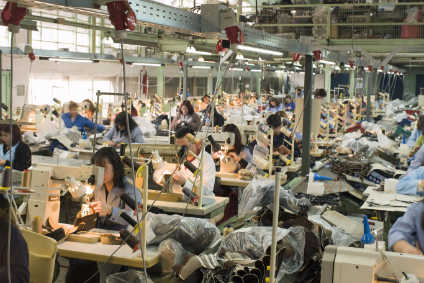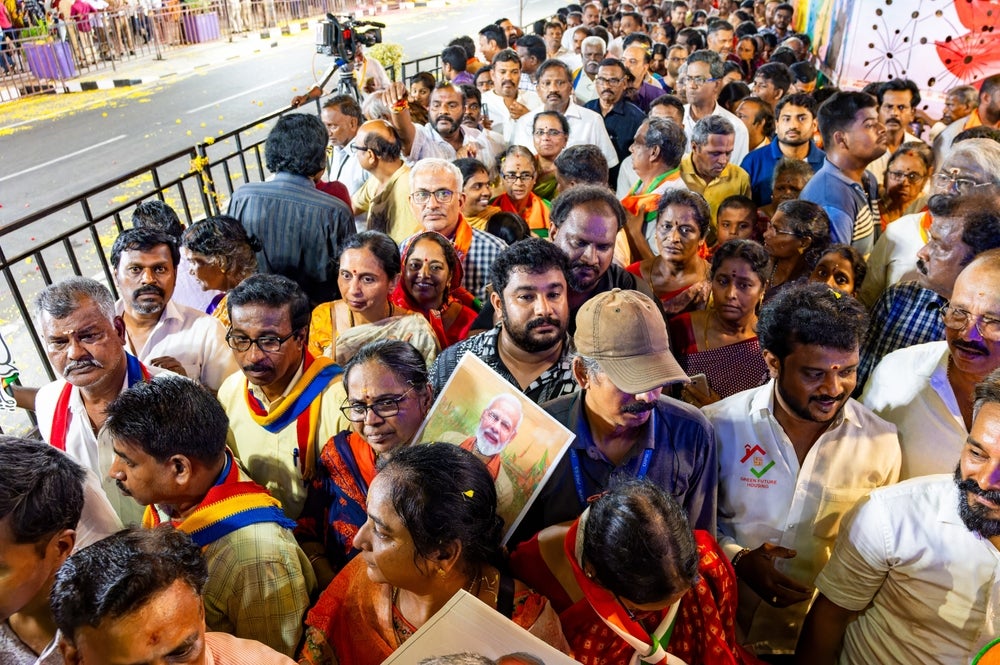
As Asia’s manufacturing hubs are ramping up production for the upcoming holiday season, new data on factory inspections, audits and lab testing points to a slow pace of improvement in the state of factory safety.
As the holidays approach and manufacturing peak season has started in sourcing powerhouses throughout Asia, data on inspection and audit demand from AsiaInspection (AI) reflects the overall trends in the region.
Data collected by AI civil engineers during on-site structural audits points to a slow pace of improvement in the state of factory safety. During the three quarters of 2018, 3.5% of factories were determined to be in need of immediate improvement and posing imminent risk to worker safety, and only 27% of factories were ranked as “Green” or fully compliant from the structural point of view.
The overall trend of 2018 so far compared to 2017 shows a consistent increase in the share of “Amber” factories (that show no immediate risk but need improvement in the medium term), which may indicate that brands and manufacturers are gradually growing complacent, reluctant to improve further after meeting “good enough” safety requirements.
Meanwhile, similar complacency trends are echoed in the ethical scores recorded by AI auditors during the first three quarters of 2018. Most of the year-to-date improvement of overall factory scores took place early in the year, with progress stagnating from Q2 2018 onwards, as tariff and protectionism concerns took centre stage.
See Also:
In terms of specific ethical issues, working hours and wages remains the most pressing problem (with the lowest average score of all issues at 7.2/10) – but 2018 saw waste management also being firmly established among the most critical issues, with lowering scores in this category being driven less by actual deterioration than by tightening standards.
How well do you really know your competitors?
Access the most comprehensive Company Profiles on the market, powered by GlobalData. Save hours of research. Gain competitive edge.

Thank you!
Your download email will arrive shortly
Not ready to buy yet? Download a free sample
We are confident about the unique quality of our Company Profiles. However, we want you to make the most beneficial decision for your business, so we offer a free sample that you can download by submitting the below form
By GlobalDataGlobal sourcing trends
Despite the ongoing tariff face-off with the US, China’s demand for inspections and audits shows sustained growth by 7.5% in 2018 year-to-date, remaining ahead of the revised 6.5% forecasted growth rate.
So far, the manufacturing giant displays resilience amid the trade escalation, and remains confident in its status as a top sourcing destination. Indeed, the findings of the AI mid-year survey indicate that China remains among the top three sourcing countries for over 90% of respondents worldwide – while the dependence of North American and European buyers on China has actually increased in 2018 compared to the previous year.
On a micro level, Chinese businesses appear to be taking a somewhat relaxed attitude towards the trade war: among the survey respondents, only 36% of Chinese companies said they felt affected by new US-China tariffs, compared to almost 60% in the US.
Nevertheless, geographical diversification of sourcing is underway, driven by the need for cost optimisation that predates the current tariff battles. Among the respondents of the survey, up to three-quarters of businesses said they were already looking for suppliers in new countries, or had plans to do so in 2018 – and some of China’s long-standing competitors are emerging as their top choices. In southeast Asia, the popularity of Vietnam and Cambodia is confirmed by the double-digit growth observed by AI in these countries in the third quarter.
Meanwhile, a notable portion of companies working in the cost-sensitive textile sector have mentioned plans to expand their sourcing to other Asian manufacturing hubs, with figures showing notable growth in Bangladesh and Turkey in the third quarter, where textile inspection and audit volumes expanded by 22% and 45% year-to-date, respectively.







